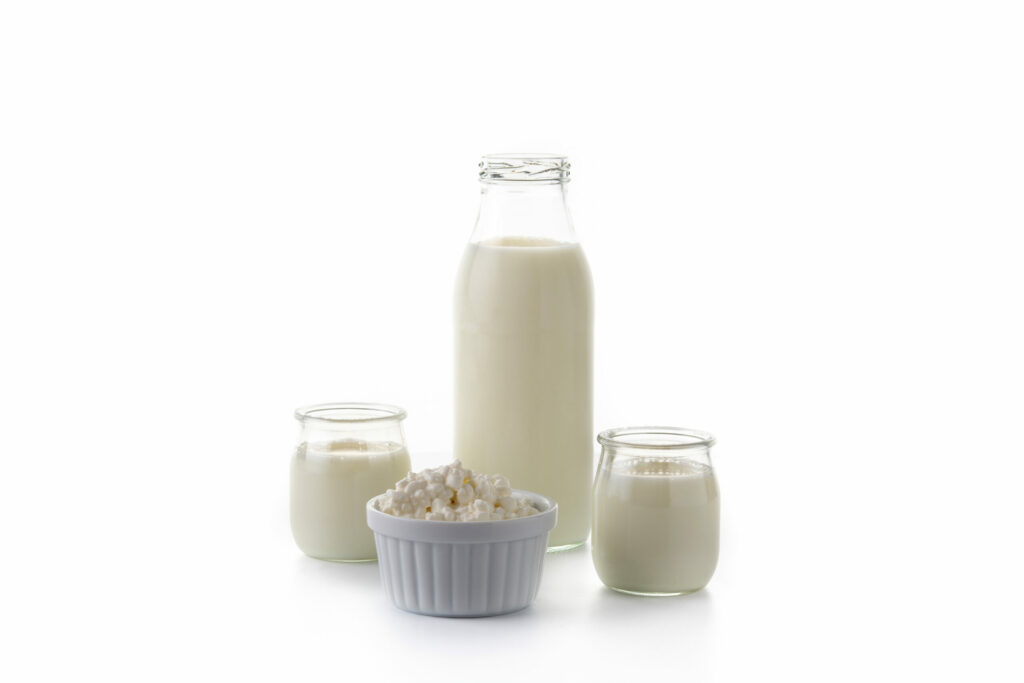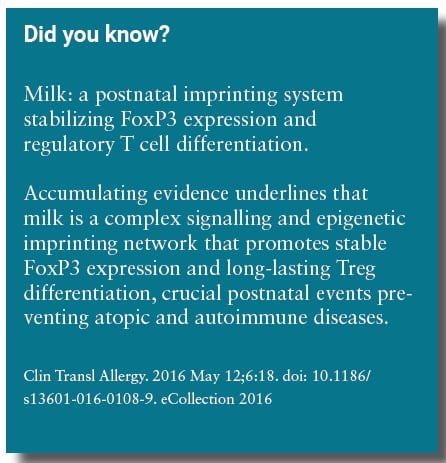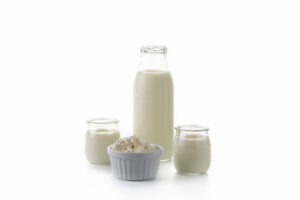
The Living Immune System
Colostrum is such an important part of mammalian evolution that most mammals literally cannot survive without it, the human mammal is no different.
The foundation for the optimal health of each new born mammal begins with colostrum and ends with an optimal period that differs across species of later lactation milk before proper weaning for the lifelong benefit of the mammal.
Learn why colostrum and mammal milk is so important.
Why is colostrum and later lactation milk so important?
- The placenta is not effective at transferring antibodies
- The infant has an immature immune system throughout childhood
The infant’s immune system remains immature and functionally naive at birth. This lack of prior exposure to pathogens causes a lack of immune memory and this condition continues throughout childhood. B. Breve, found in breast milk balances the immune TH1/TH2
Colostrum develops the immune system
A mother’s final gift to her newborn is the gift of her breast milk which contains a different variety of antibodies designed to help the infant grow and develop, including the proliferation of stem cells and regulation of gene function. A mother’s milk can be seen as the weaning stage of her newborns immune system as an initiating factor for its own development of a defense system.
- Healthy microbiome required for host homeostasis
The WHO refers to human milk as the nutritional gold standard for infants. Human milk contains many immunomodulatory compounds, including oligosaccharides.
- Non digestible sugars, oligosaccharides show a direct bifidogenic effect on the gut
- Oligosaccharides act independently of microbiota; however probiotics exert profound Influence as well
From homeostasis and immune development as well as nutrition, growth and future protection it is increasingly clear that colostrum is the post birth life giving force of all mammals.
yogurt cream cheese cheesecake bites
1/3 c yogurt cheese
2-3 graham crackers (snapped to smallest size) 1 tbsp. confectioner’s sugar
1/8 tsp. vanilla extract
fresh strawberries or any desired fruit
Do not forget to consume your drained acid whey. It can be remixed in yogurt, milk or even water for an energy, immune and repair boost!

WHO STATEMENTS: 2017 Millennium Goal Breastfeeding,
- Breastfeeding,
- food (security)
- and water security (sanitation)
are major protective factors against malnutrition and critical factors in the maturation of healthy gut microbiota, characterized by a transient bifidobacterial bloom before a global rise in anaerobes. Early depletion in gut Bifidobacterium longum, a typical maternal probiotic, known to inhibit pathogens, represents the first step in gut microbiota alteration associated with severe acute malnutrition (SAM). Later, the absence of the Healthy Mature Anaerobic Gut Microbiota (HMAGM) leads to deficient energy harvest, vitamin biosynthesis and immune protection, and is associated with diarrhea, malabsorption and systemic invasion by microbial pathogens. A therapeutic diet and infection treatment may be unable to restore bifidobacteria and HMAGM.
as well as affecting populations differently; the effects of general malnutrition, differing from fundamental malnutrition, immune and brain development, the effects of mass infant formula feeding and the introduction of processed food to combat general malnutrition.
Dr. Jeffrey Gordon’s work was crucial in developing understanding of the immense role the microbiota plays in childhood development.
Researchers found that malnourished children’s microbiota failed to follow the healthy pattern they identified in healthy children. Gordon’s work suggests the microbiota of malnourished children is immature, lagging in development behind that of their healthy peers. Supplementing these children’s meals with widely used therapeutic foods that increase calories and nutrient density reduces deaths from malnutrition, but it does not fix their persistent microbiota immaturity. Perhaps more insidious than slowing growth is malnutrition’s effect on less visible aspects of health, including impaired brain development and dysfunctional immunity, which follow these children throughout their lives.
Over the past 20 years, this work has revolutionized our understanding of human biology, implicating the gut’s microbial residents in orchestrating healthy growth and development when these communities work well, and in causing disease when they do not.
Remember, no more than 6 teaspoons (25 grams) of added sugar per day for women and 9 teaspoons (38 grams) for men. The AHA limits for children vary depending on their age and caloric needs, but range between 3-6 teaspoons (12 – 25 grams) per day. Children under two should have zero grams of sugar per day.
If you like natural health tips like the ones above you can learn more in Immune For Life
